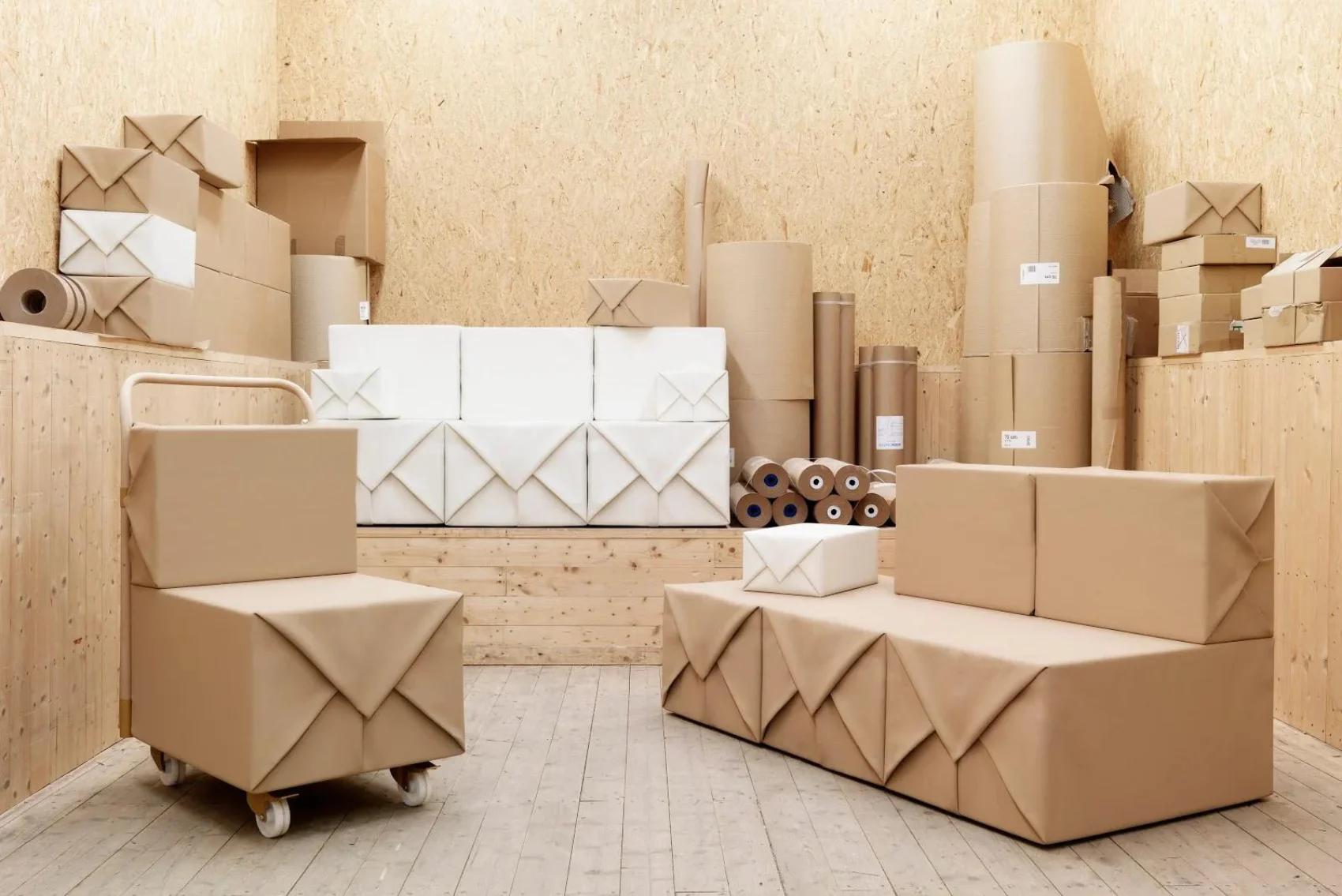Physical Address
304 North Cardinal St.
Dorchester Center, MA 02124
Physical Address
304 North Cardinal St.
Dorchester Center, MA 02124

In the world of packaging, two commonly used packaging materials often cause confusion due to their similar appearance and usage – paperboard and cardboard. While these terms are sometimes used interchangeably, they represent distinct materials with unique characteristics and applications. In this comprehensive exploration, we will delve into the differences between paperboard vs cardboard, shedding light on their composition, uses, and environmental impact.
Understanding Paperboard:
Paperboard, also known as chipboard or paperboard stock, is a versatile and lightweight material made from compressed layers of paper fibers. The manufacturing process involves gluing together layers of paper pulp, often derived from recycled materials, to create a dense and sturdy sheet. One distinguishing feature of paperboard is its thickness, which typically ranges from 0.018 to 0.024 inches. This thickness makes it ideal for a variety of applications, from packaging to graphic printing.
Uses of Paperboard:
Understanding Cardboard:
Cardboard, on the other hand, is a broad term that encompasses a variety of heavy-duty paper-based materials. It is characterized by a thicker and more rigid structure compared to paperboard. Cardboard is often composed of two layers of paperboard with a corrugated layer sandwiched between them. The corrugated layer, known as the fluting, provides additional strength and rigidity.
Uses of Cardboard:
Distinguishing Factors:
Environmental Considerations:
Both paperboard and cardboard are considered eco-friendly materials due to their paper-based composition. However, the environmental impact can vary based on factors such as recycling rates and sourcing of raw materials. Many manufacturers use recycled paper fibers in the production of both materials, contributing to sustainability efforts.
Conclusion:
In the paperboard vs. cardboard debate, understanding the distinctions between these materials is crucial for choosing the right option for specific applications. Paperboard’s versatility and printability make it suitable for packaging and graphic printing, while cardboard’s strength and durability excel in heavy-duty applications like shipping boxes. As the packaging industry continues to evolve, the choice between paperboard and cardboard will depend on factors such as product requirements, environmental considerations, and the desired level of protection.